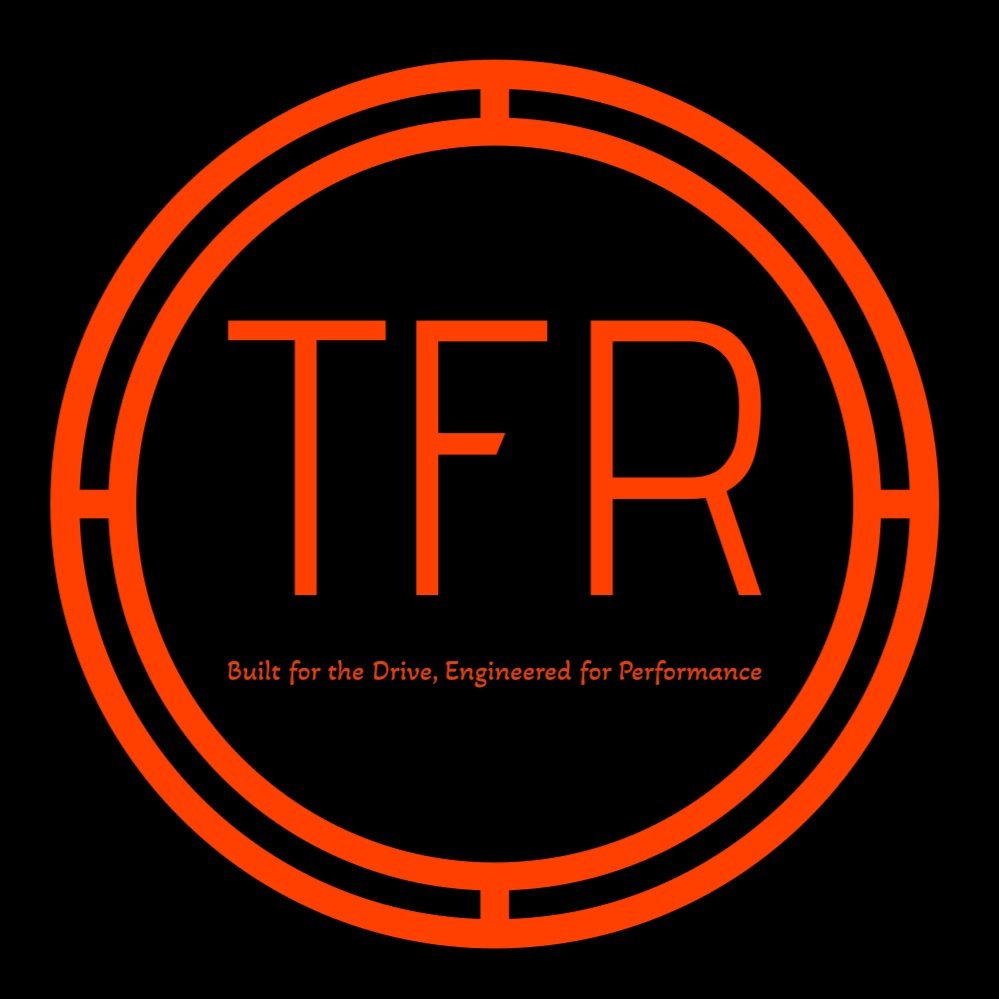6-Speed Clutch System
Here is a quick write up about how the Juke's clutch system works, and a major limiting factor into making these true performance vehicles, if you are just interested in how the system works, reading past the cross section of the damper is not needed, as that includes information pertaining performance driving.
A quick explanation about a concept called "power shifting" so that the end of this write up makes sense. Simply this is the act of shifting the vehicle between gears while "still under power". Not to be confused with flat foot shifting, which is shifting the accelerator full down, with the throttle or ignition being cut by the ecu when the clutch pedal is pressed. Power shifting is basically extremely fast shifting. Slamming into the next gear as hard and fast as possible to lose as little momentum or boost as possible. To make this possible, the clutch action needs to happen just as fast as your pressing down the pedal, and just as fast, or faster than when you pull the car out of gear and before it gets put into the next.
The major components of the Jukes clutch system are as follows: The clutch pedal, the clutch master cylinder, the clutch damper, the clutch slave cylinder/throw out bearing, and the clutch itself.
As you press the clutch pedal down, it pushed hydraulic (brake) fluid through the master cylinder, through the damper, into the slave cyl, and onto the clutch pressure plate. This action disconnects the transmission input shaft from the engine crankshaft, thus allowing you to change gears while driving. As this crude illustration shows:
Manufacturers are extremely concerned with comfort and ease of use. This even applies to modern manual transmission vehicles. So, the juke come factory with two pieces of equipment in the clutch system to make for smoother, easier clutch operation: a dual mass flywheel, and a clutch damper. A dual mass flywheel is basically a shock absorber. So, as you release the pedal the flywheel is able to rotate slower than the crank for a moment, which reduces the shock of the engine speed hitting the transmission or the transmission hitting the engine. This is why the factory clutch feels so effortless to operate from a stop. The clutch damper physically slows the flow of hydraulic fluid in both directions to and from the clutch. I speculate it is more for when the clutch pedal is released, to stop from dumping the clutch and shocking the system or slipping the clutch. The action of slowing down the fluid TO the clutch, may just be a biproduct of its design, or (less likely) is designed to prevent what was mentioned at the beginning of this post, power shifting. Power shifting is NOT GOOD for a transmission. It eats syncros and its very very easy to break a gear doing it.
Below is a cross section of a damper we cut in half to see how it functions, basically, there is a rubber core, and as the fluid enters the assembly the rubber gets pushed into that direction which restricts fluid flow and absorbs some of the energy of the fluid entering the assembly:
So, what did I mean when I said that this oem system is a limiting factor?
One general issue this causes is a "numb" clutch. You cannot feel the clutches engagement point in the pedal. You feel it when the car starts to move. Anyone who has driven an older stick shift vehicle will tell you, you can feel what the car is doing, and thus makes the car easier to drive and more consistent.
This applies more so to straight line racing, but: If you have ever tried to power shift your Juke, specifically from 2-3 or 3-4 you have probably "missed" a gear. This is from the entire clutch system being designed to slow down your shifting. There is a physical-mechanical delay from when you press the pedal down to when the clutch actually disengages. Some of this comes from the dual mass flywheel, but not much. Most of this comes from the damper. By switching to a single mass flywheel, you get more mechanical control over the clutch engagement. It becomes more predictable. But. You still had the damper slowing you down.
We have designed a clutch line that directly links the master and slave cylinders. It completely eliminates the damper. Using the dyno to test, we were able to successfully power shift faster and harder than we have in the past, with almost no delay between pedal movement and clutch disengagement.
This aftermarket line also means we can add something ALL FWD drag cars need: a slipper. Instead of having to "feel" the clutch to slip it enough to take off without doing a burnout at full power, this device does the slipping for you automatically and consistently. This means more consistent 60' times, and less stalls from a launch.
